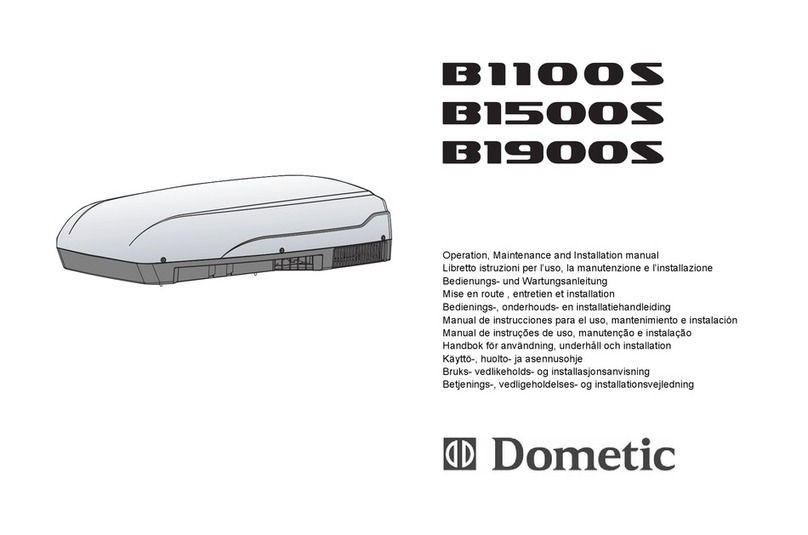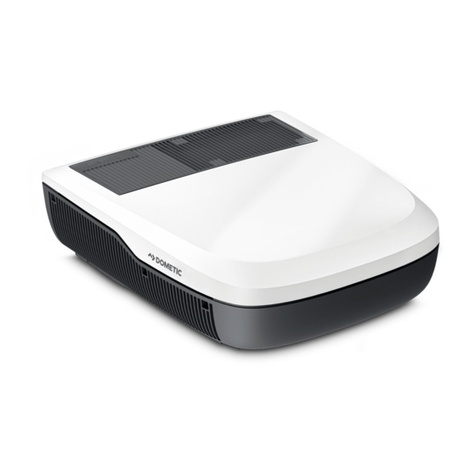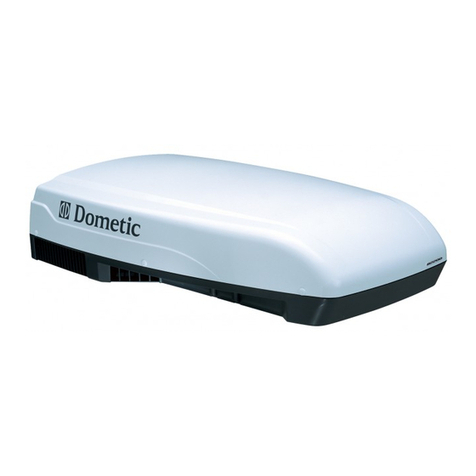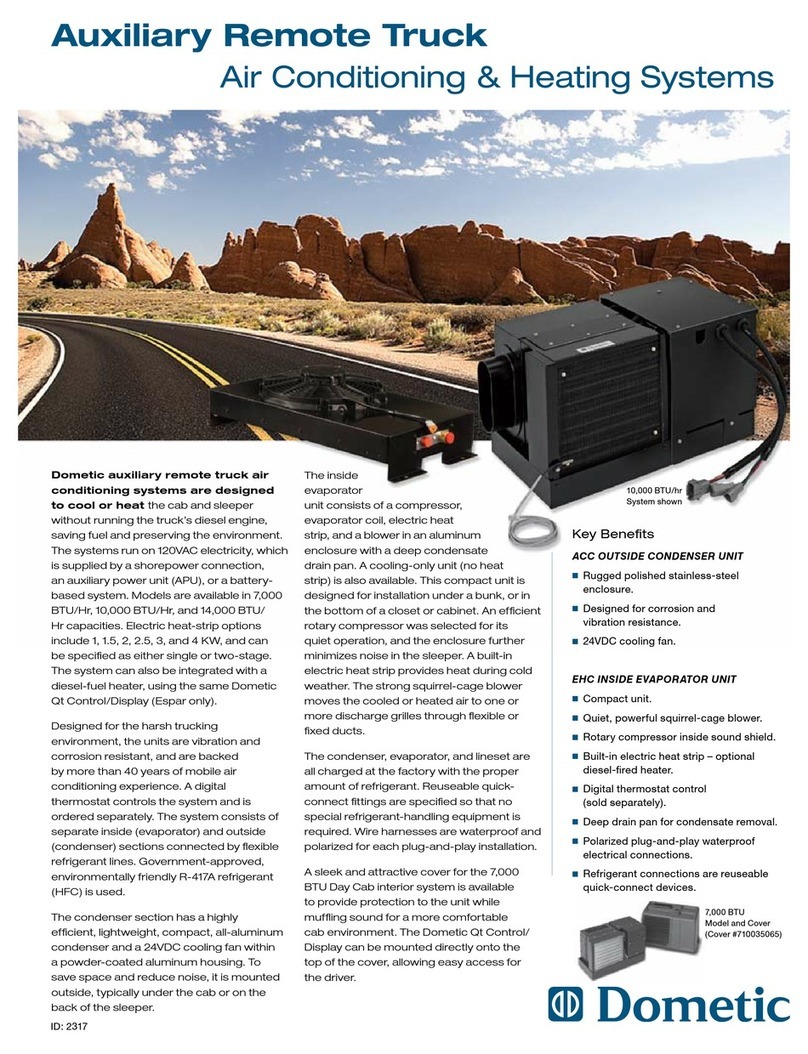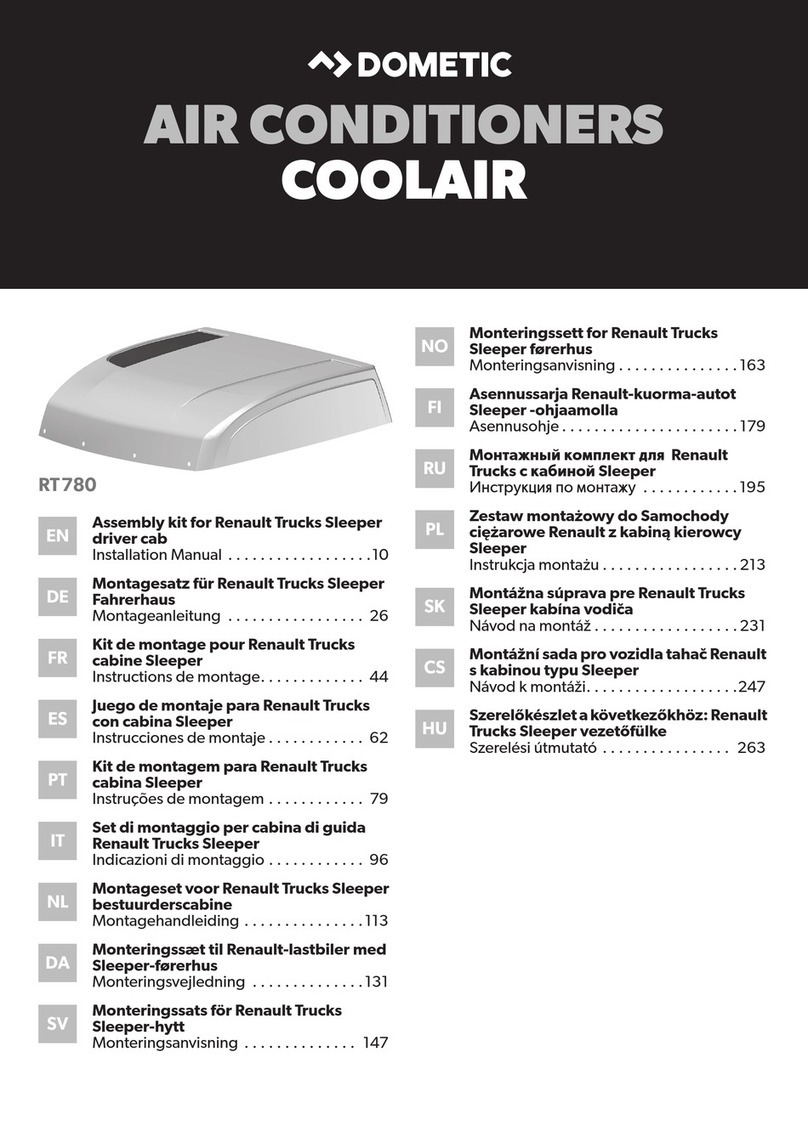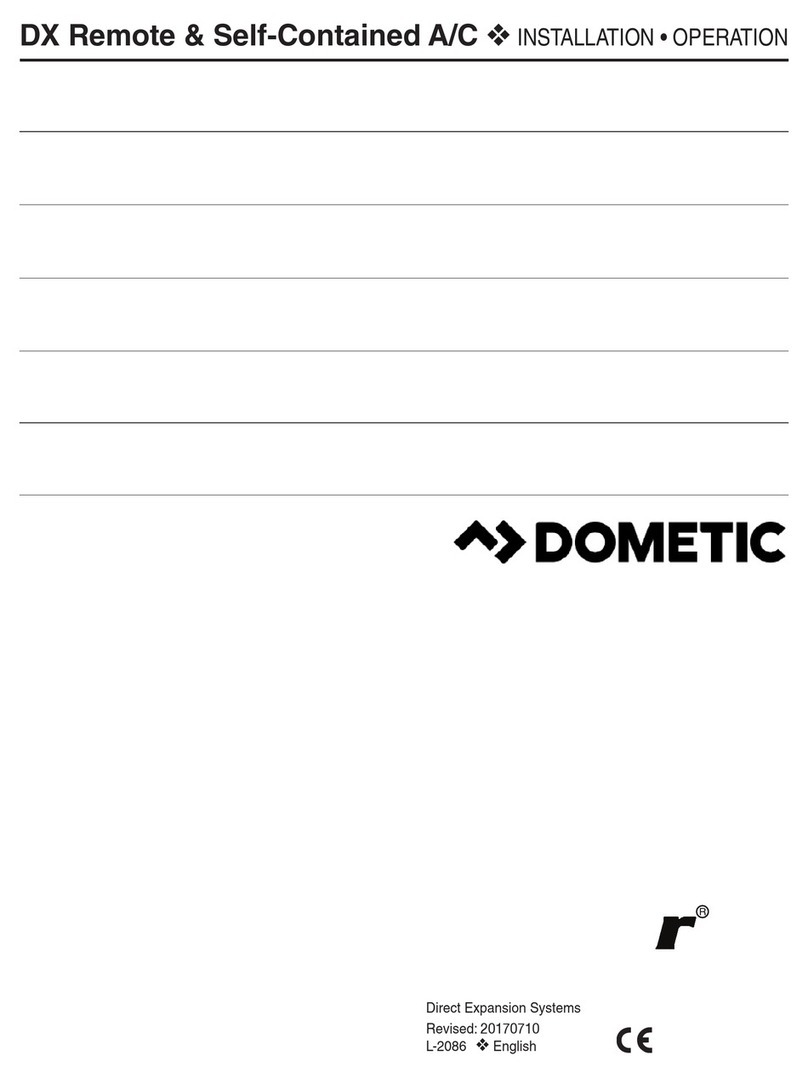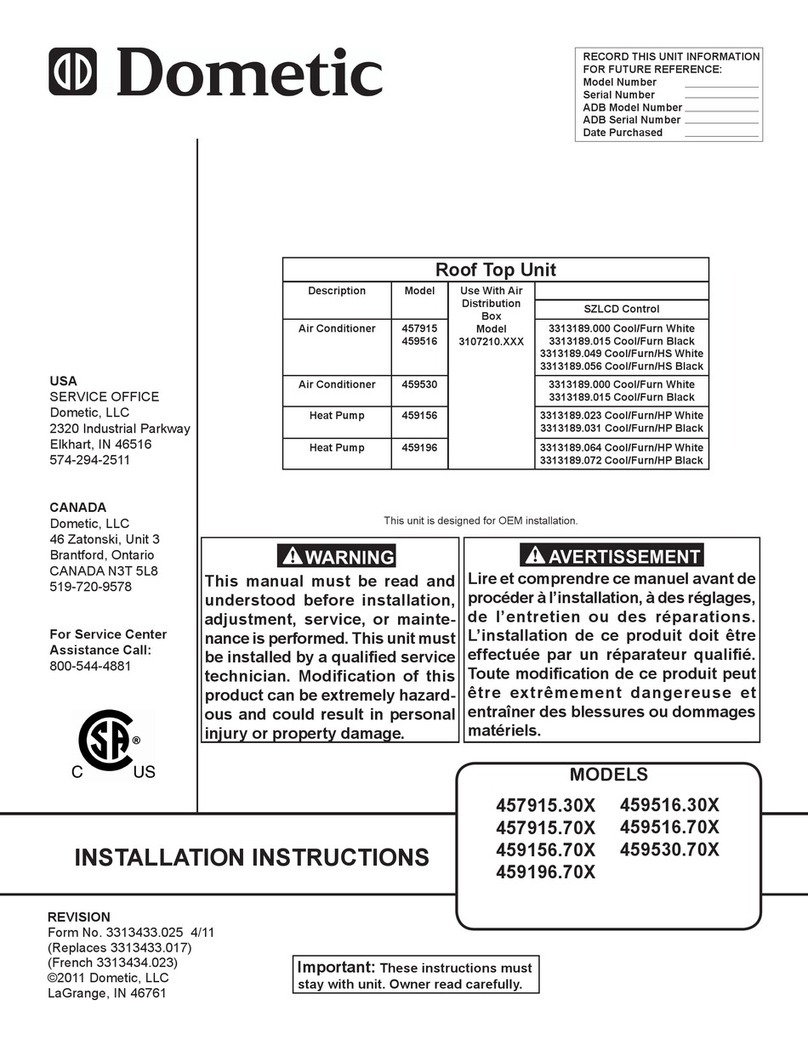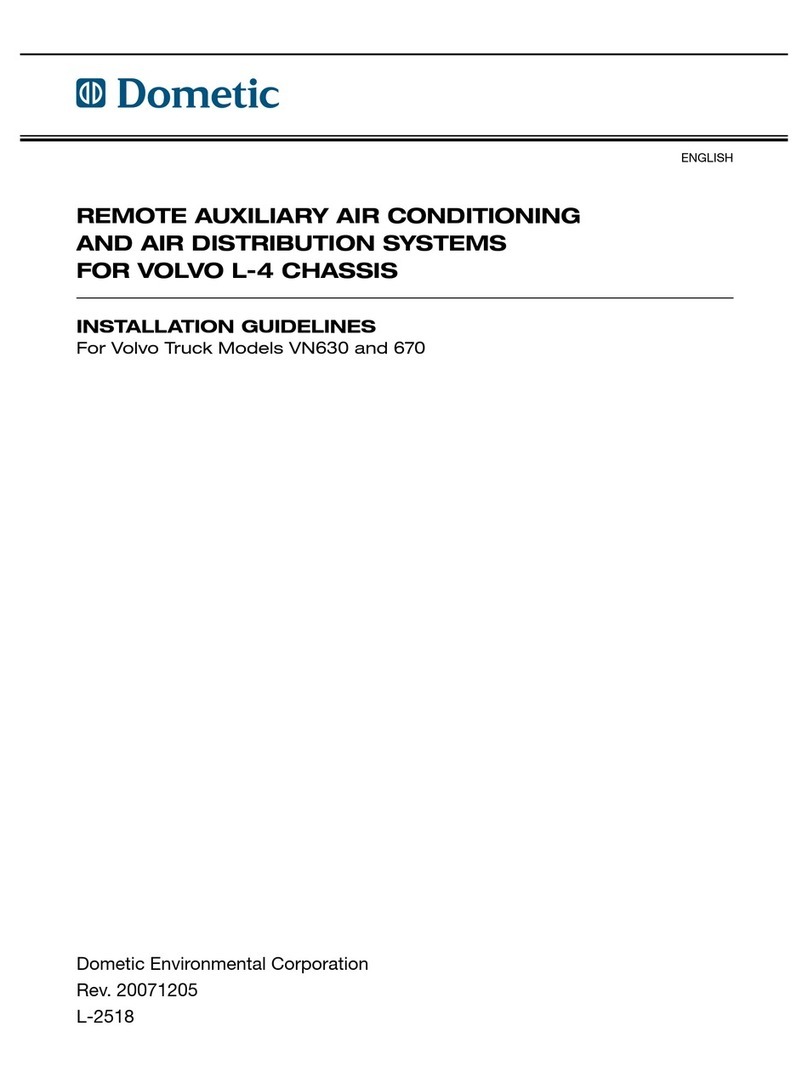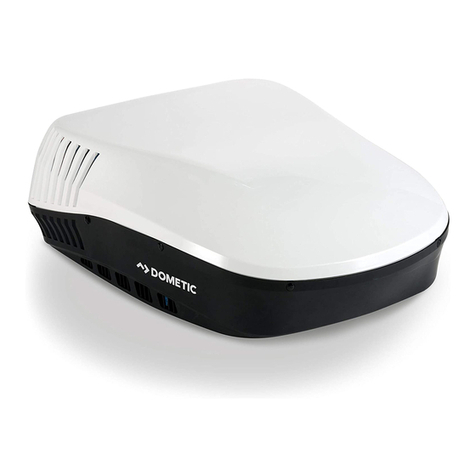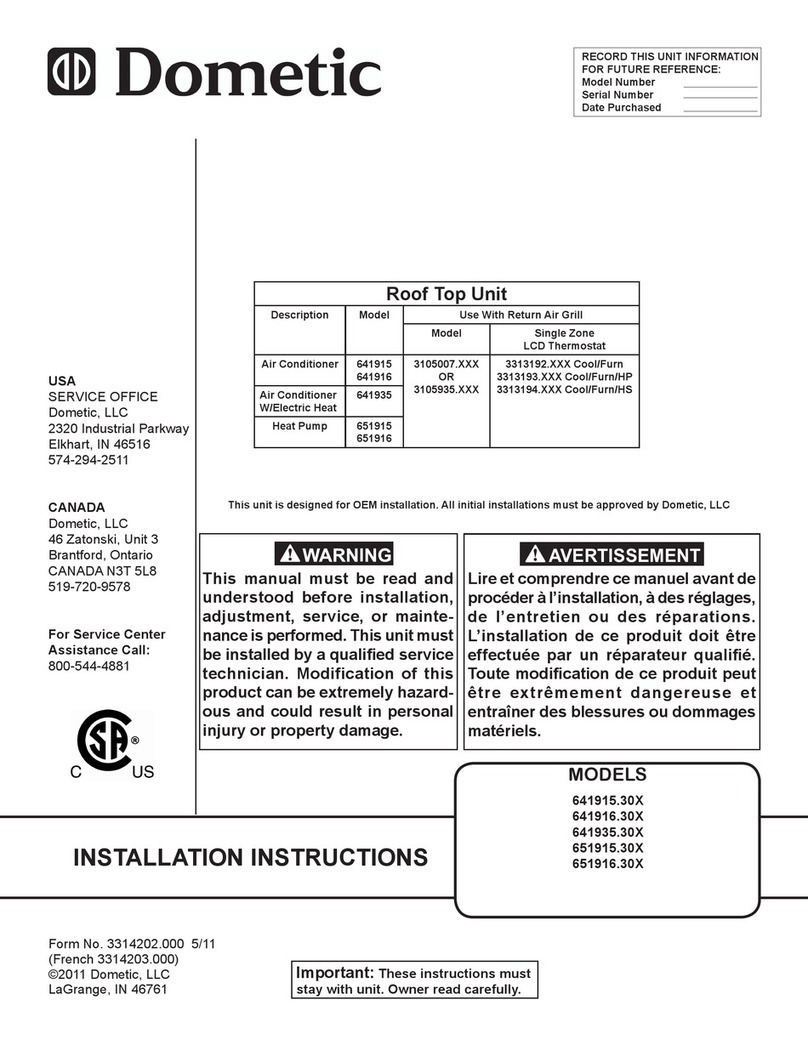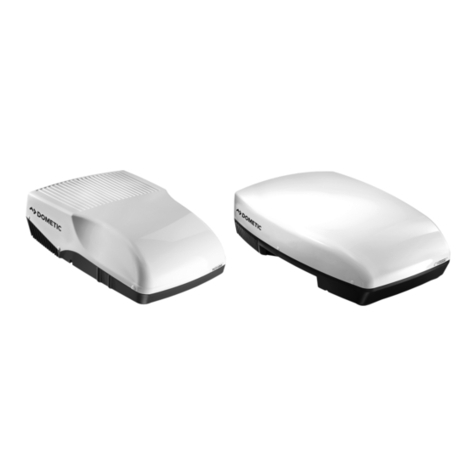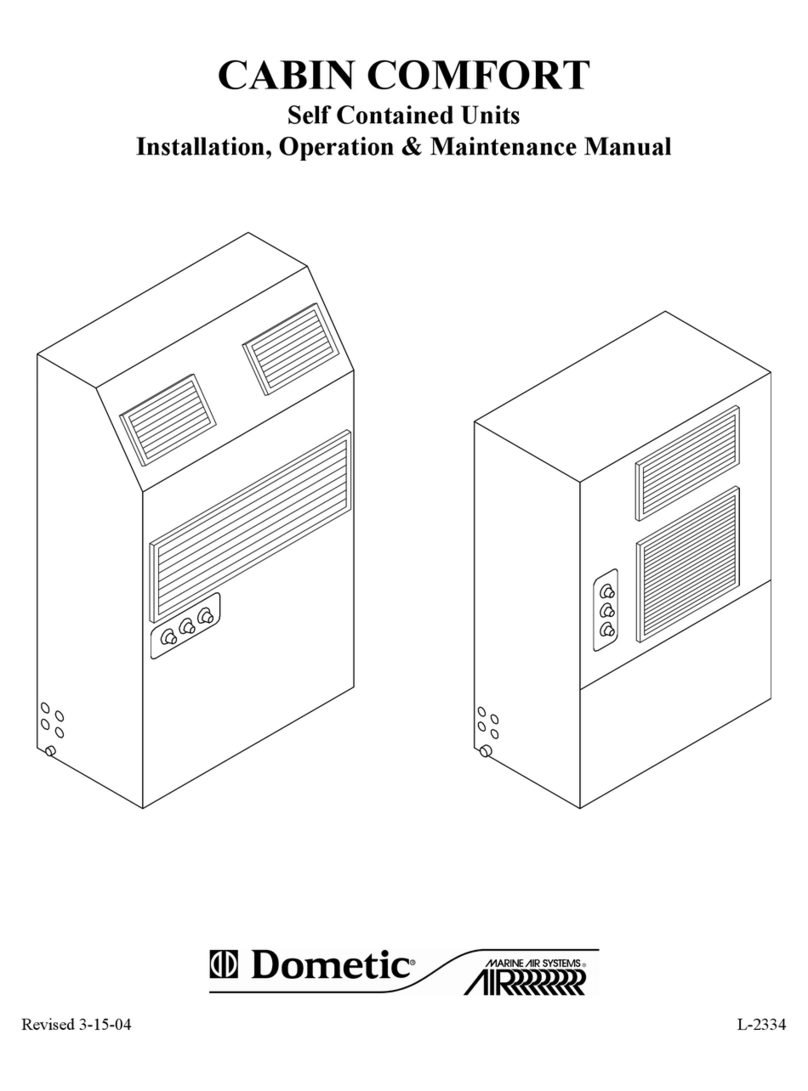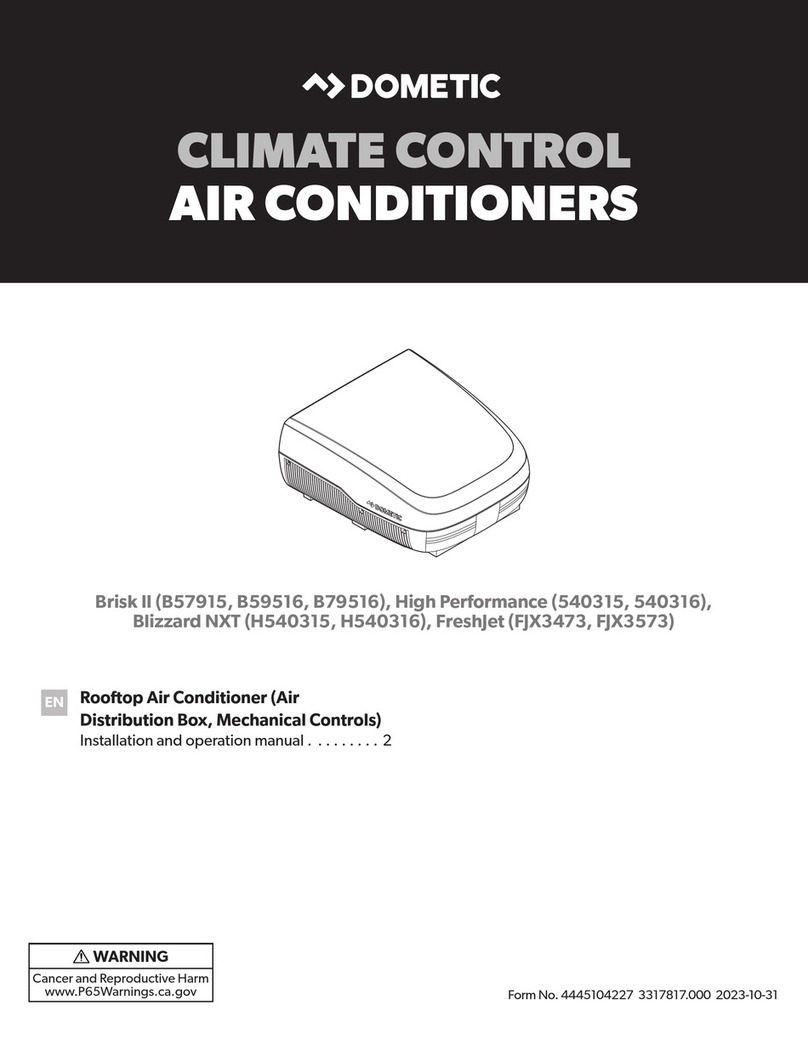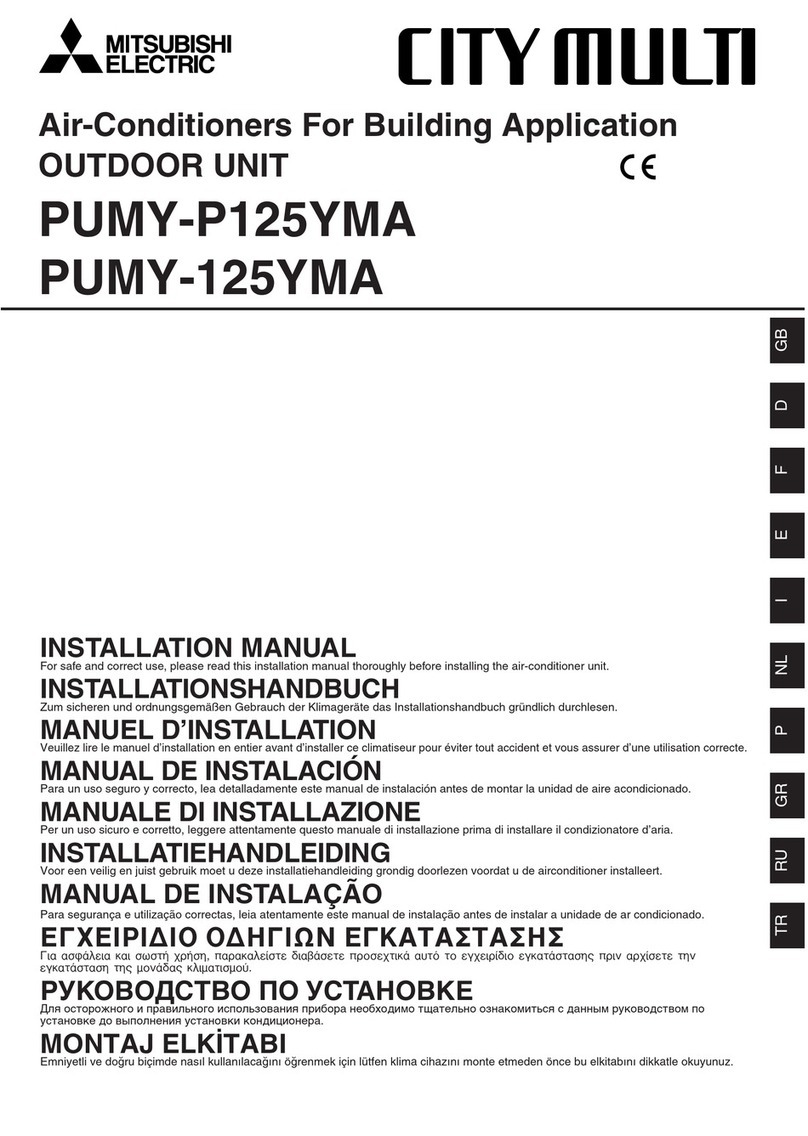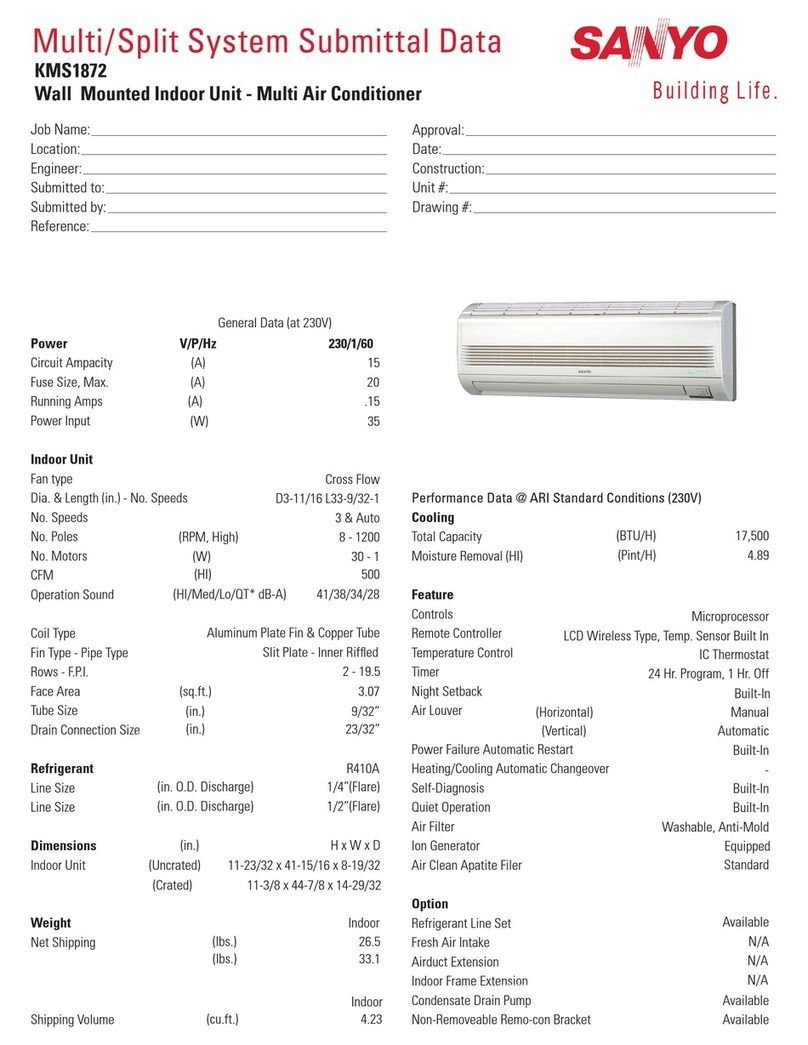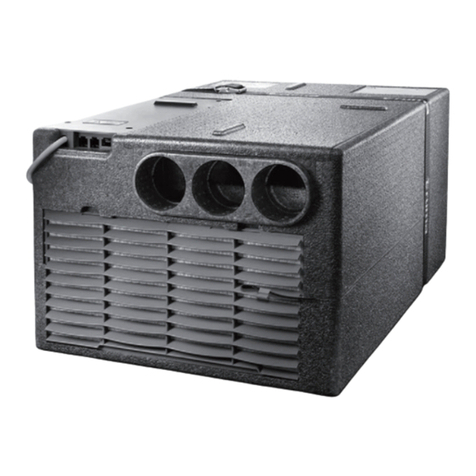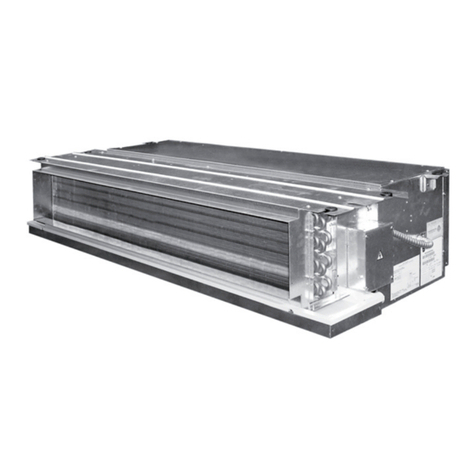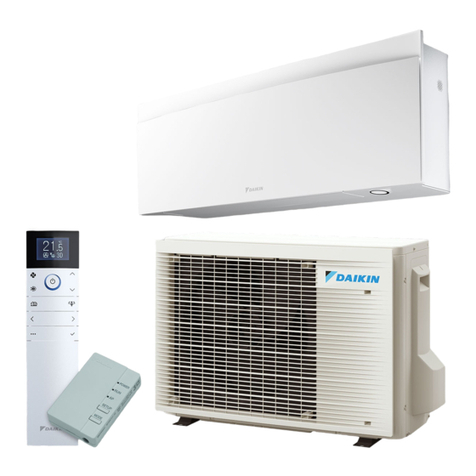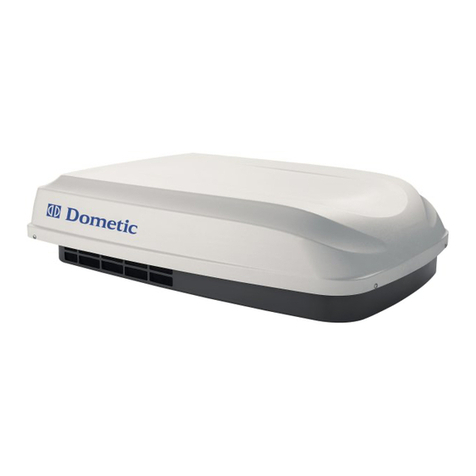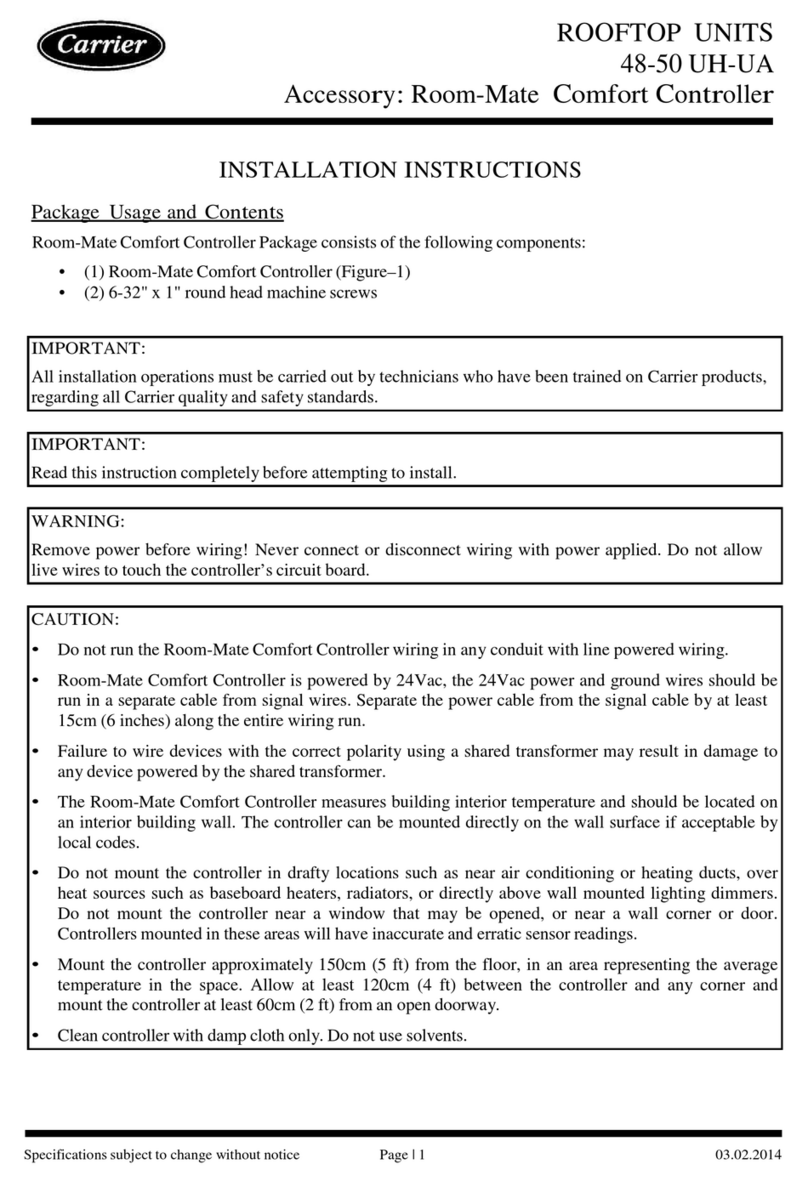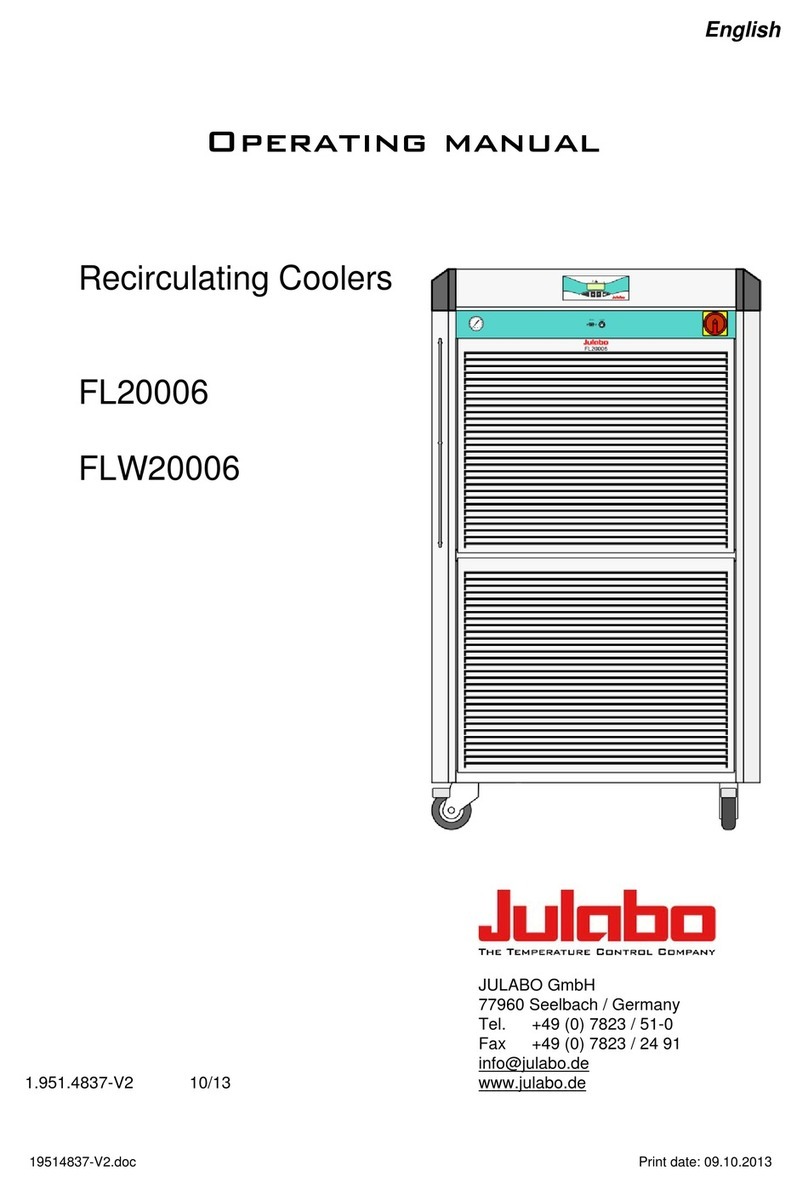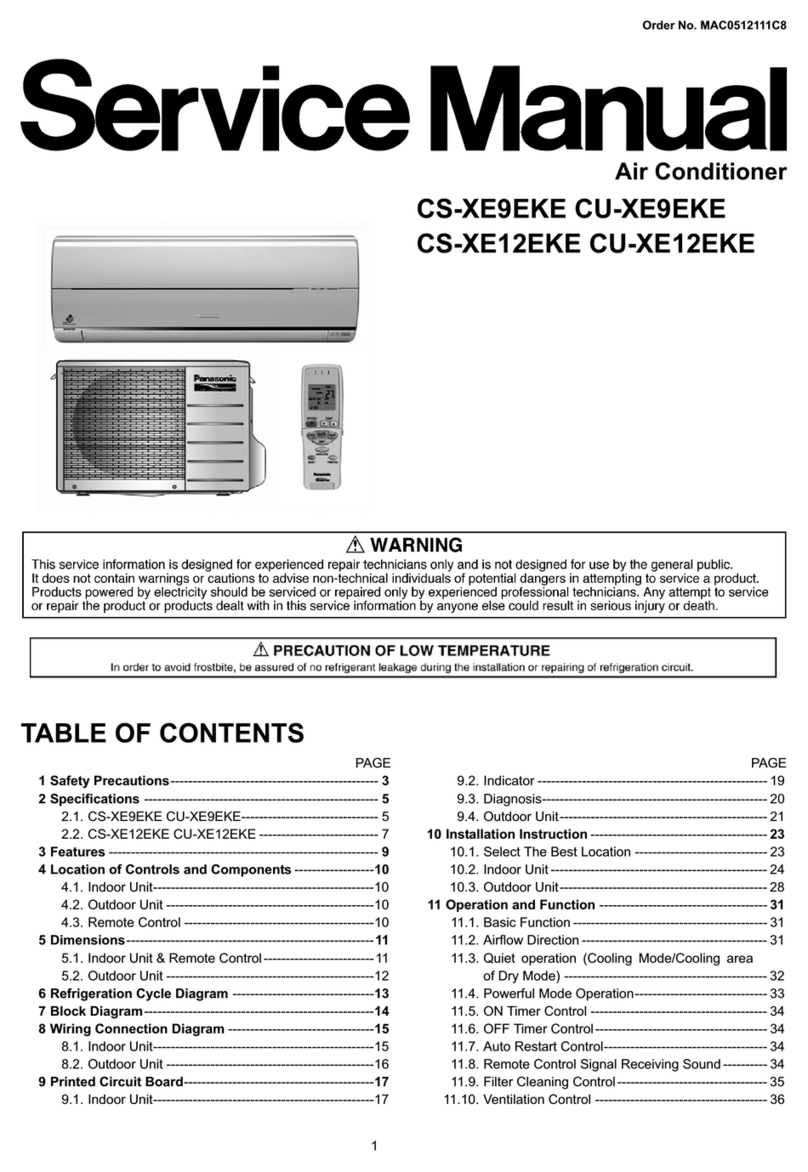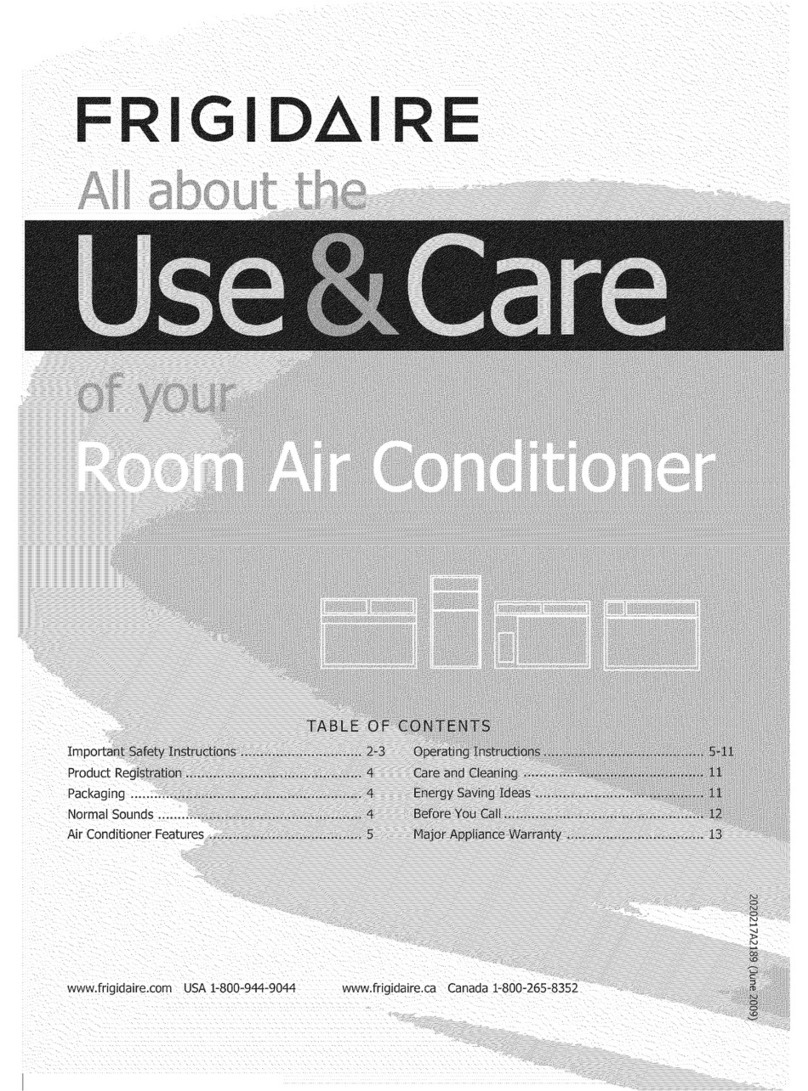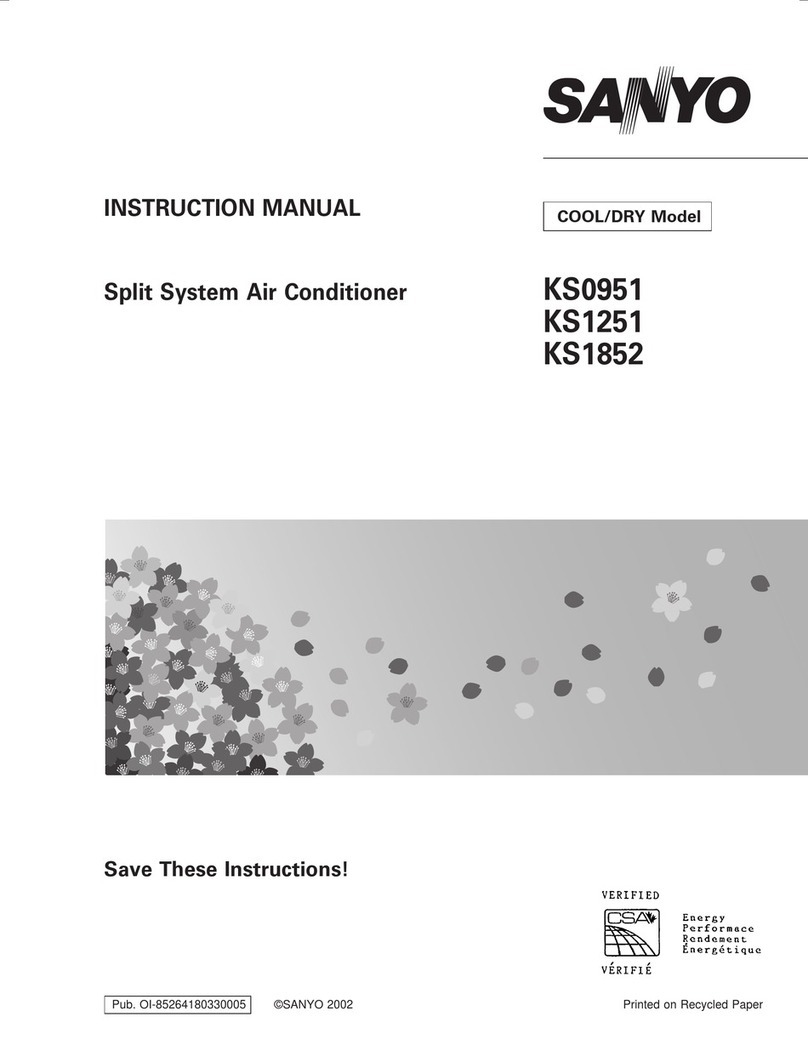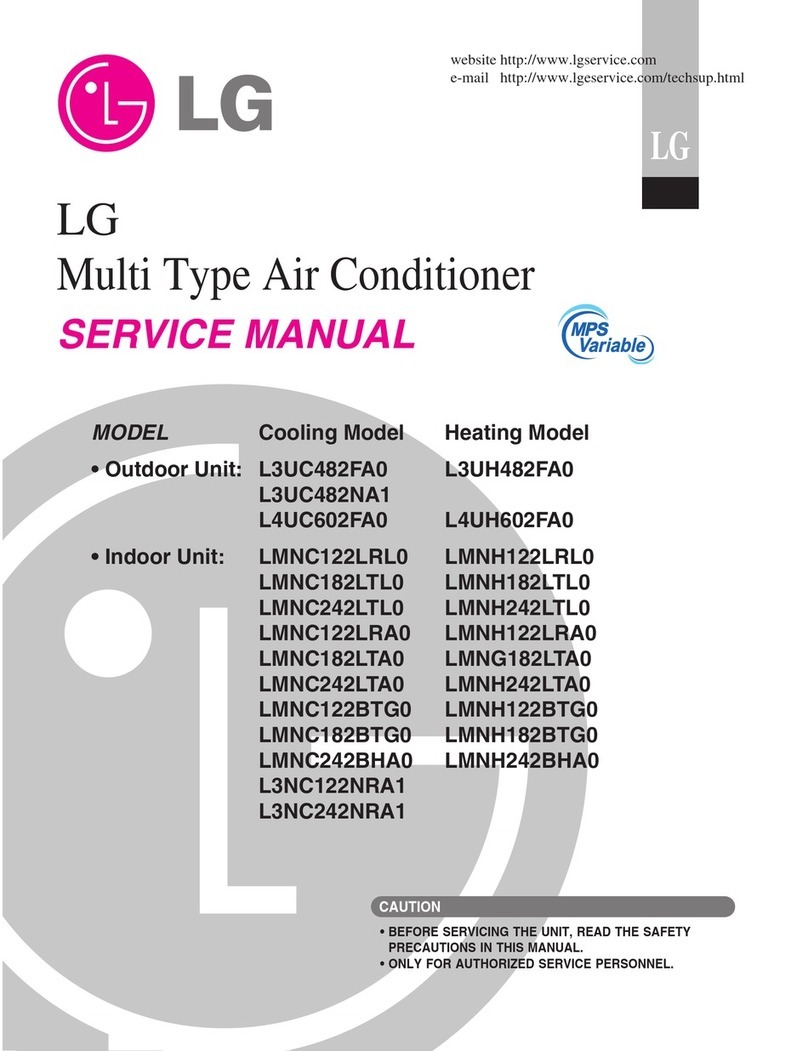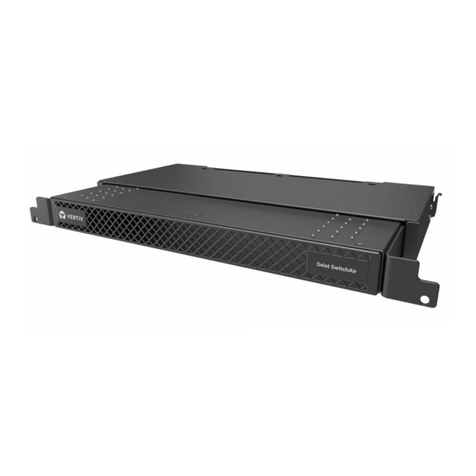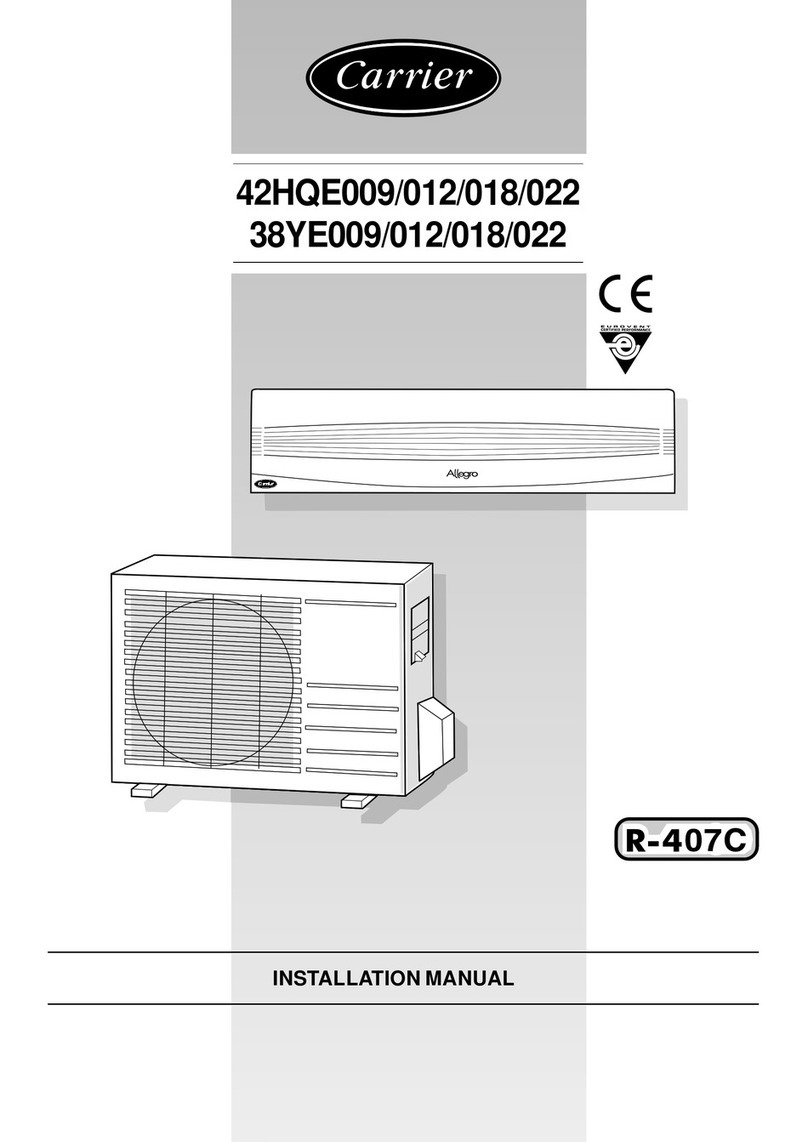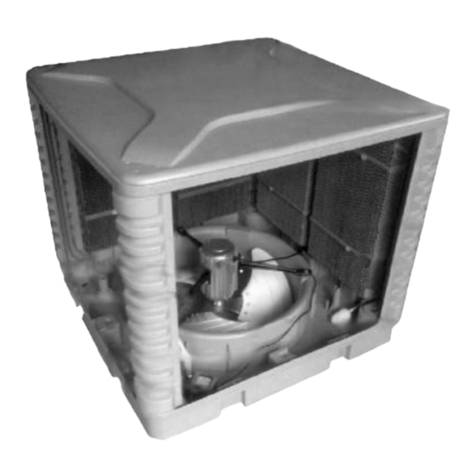
7
INSTALLATION INSTRUCTIONS
4. Sudden contractions in air stream
5. Sudden expansions in air stream
2.1.7 REGISTERS,DIFFUSERS, AND GRILLESELEC-
TION
One of the most important considerations in designing a
conditioningsystem istheselection ofthe registers,diffus-
ers and grills. Even though a system delivers the required
amount of conditioned air to the room, discomfort results if
the air is not satisfactorily distributed. Achieving good air
distribution is as much an art as it is a science. Careful
considerationmustbegiventothedesignoftheairdistribu-
tion system. A forced air system is only as efficient as its
airdeliverycomponents.
Whenever a jet of conditioned air is admitted into a room it
affectsalltheairwithinthatroom.Movementofthesupplyair
inducesadjacentroomairtomovealongwithit. Thisprocess
of thesupplyairdraggingalongtheroomairandsettingitin
motionis called“entrainment”oftheroom air. Asthe room
air mixes with the supply air, the temperature difference
between them is reduced. This effect is even more pro-
nouncedwithaspreadingjetthanwithanon—spreadingjet
becauseofthegreatersurfacearea.
2.1.8 ROOMAIRDISTRIBUTION
Thefinalevaluationofairdistributioninaspaceisdetermined
by the occupants’ comfort level. In general, a person is
thermallycomfortablewhentheirbodyheatlossjustequals
theirheatproduction.
Duringcooling,currentscarrywarmairupthewalltoceiling
level, and stratification forms from the ceiling down. The
solutionistoprojectcoolairintothisregionneartheceiling.
Performanceofanysupplyoutletisrelatedtoinitialvelocity
andarea. Asitleavestheoutlet,anairjetbecomesamixture
of supply and room air, expanding due to the induction of
roomair.
Thebuoyantforceswithnon-isothermaljetscausethejetto
rise during heating and drop during cooling. If the jet is
projectedparalleltoandwithinafewinchesofasurface,the
jetperformancewillbeaffectedbythesurface,whichlimits
theinductiononthesurfacesideofthejet.Thiscreatesalow
pressureregionbetweenthejetandthesurface,whichdraws
thejettowardthesurface. Infact,thiseffectwillprevailifthe
angleofdischargebetweenthe jetandsurfaceisless than
40°. Thesurfaceeffectwilldrawthejetfromaceilingoutlet
totheceiling.Surfaceeffectincreasesthethrowforalltypes
ofoutletsanddecreasesthedropforhorizontallyprojected
air streams.
Theairstreamfromtheoutlettendsto“hug”thesurface.As
a matter of fact, this characteristic is almost essential for
goodcomfortairconditioning.Therefore,ratherthantryingto
direct the air away from surfaces, the surfaces should be
used intentionally. Note that where the surfaces are used
mosteffectively,the highvelocityportionsoftheairstream
havelesstendencytoentertheoccupiedzoneofthespace.
2.2 HOWROOM AIRMOTIONIS RELATEDTO
OUTLETPERFORMANCE
Theroomair near thesupply air stream isentrained by the
air stream and, in turn, is replaced by other room air. The
room air always moves toward the supply air. The only
general statement that can be made regarding room air
motion and the number of air changes is that 8 to 10 air
changesperhourarerequiredtopreventformationofstag-
nantregions.
For most applications, a better approach is to supply air in
such a way that the high velocity air stream from the outlet
doesnotentertheoccupiedzone. Itispracticaltoconsider
the region within 12 inches of the walls as outside the
occupiedzoneaswellastheregionabovetheheadsofthe
occupants.
Supplyairshouldbespreadinathinlayeroverthesurfaces,
tosurroundtheoccupiedzonewithconditionedair. Airwithin
theoccupiedzonewillthenmovetowardthetotalairstream,
themixtureofprimaryandroomair.Theroomaircarriesthe
load with it into the air stream and room conditions are
maintained by constant mixing of room and supply air.
Improperinstallationmaydamageequipment,
couldendangerlife,causeseriousinjuryand/
or property damage.
It is the responsibility of the R.V. manufac-
turertoassurethatstructuralintegrityismain-
tained throughout the coach.
2.3 SPECIFICATIONS&REQUIREMENTS
Since it is necessary to install all or part of the duct work in
theceiling,sidewall or floor.
Themanufacturershouldrevieweachfloorplantodetermine
properductdesignand registerlocation.
The Dometic Product Engineering and Application depart-
mentsareavailableforrecommendationsandsuggestions.
If the conditioned air is to be discharged from the
ceiling area, the minimum roof cavity thickness for
proper installation measured between the roof and
ceiling structure is 4 inches. This does not include
space required for insulation of the ductwork.
Theairconditionerwasdesignedtoallowflexibilityforlayout
ofductworkandthetypesofregistersemployed.Toensure
airconditionermaximumperformance,certainparameters
mustbeadheredto.RefertoFigures3.4forductsizingand
grillplacement
















